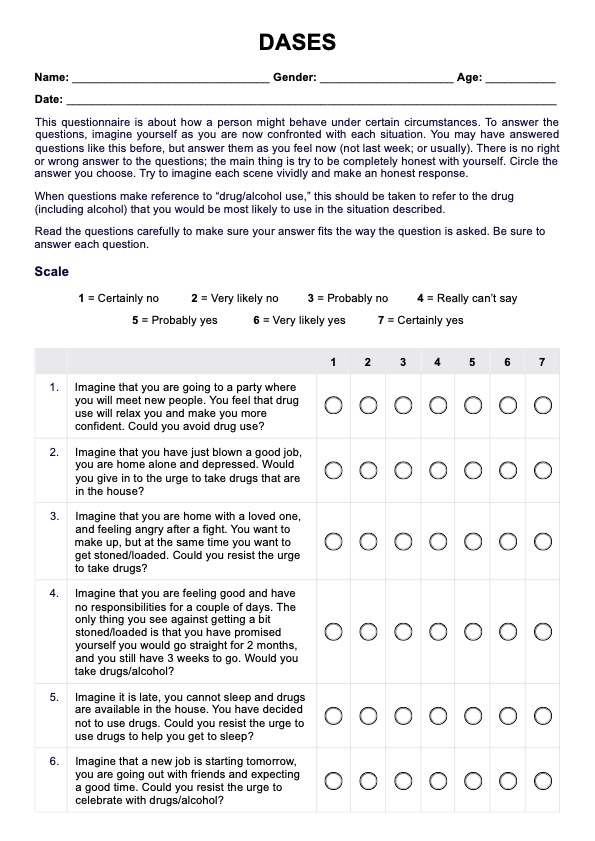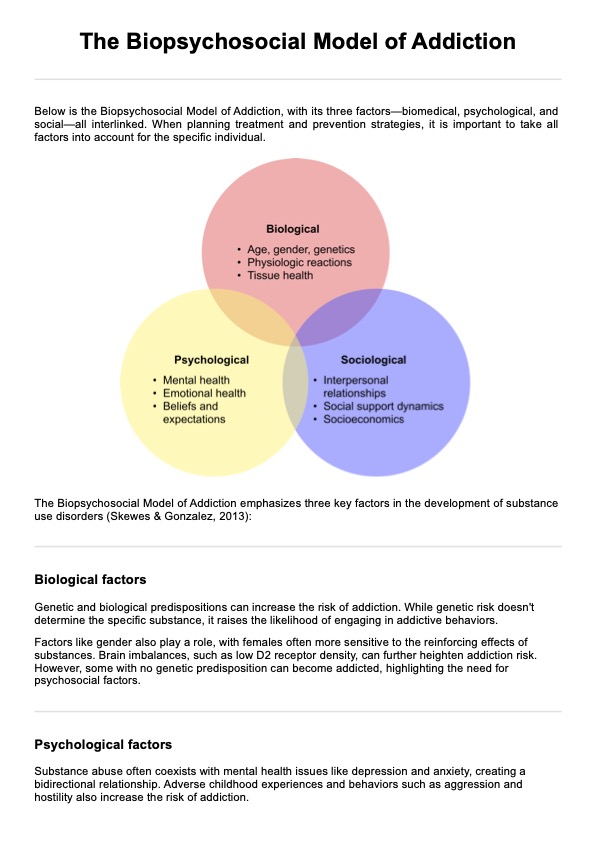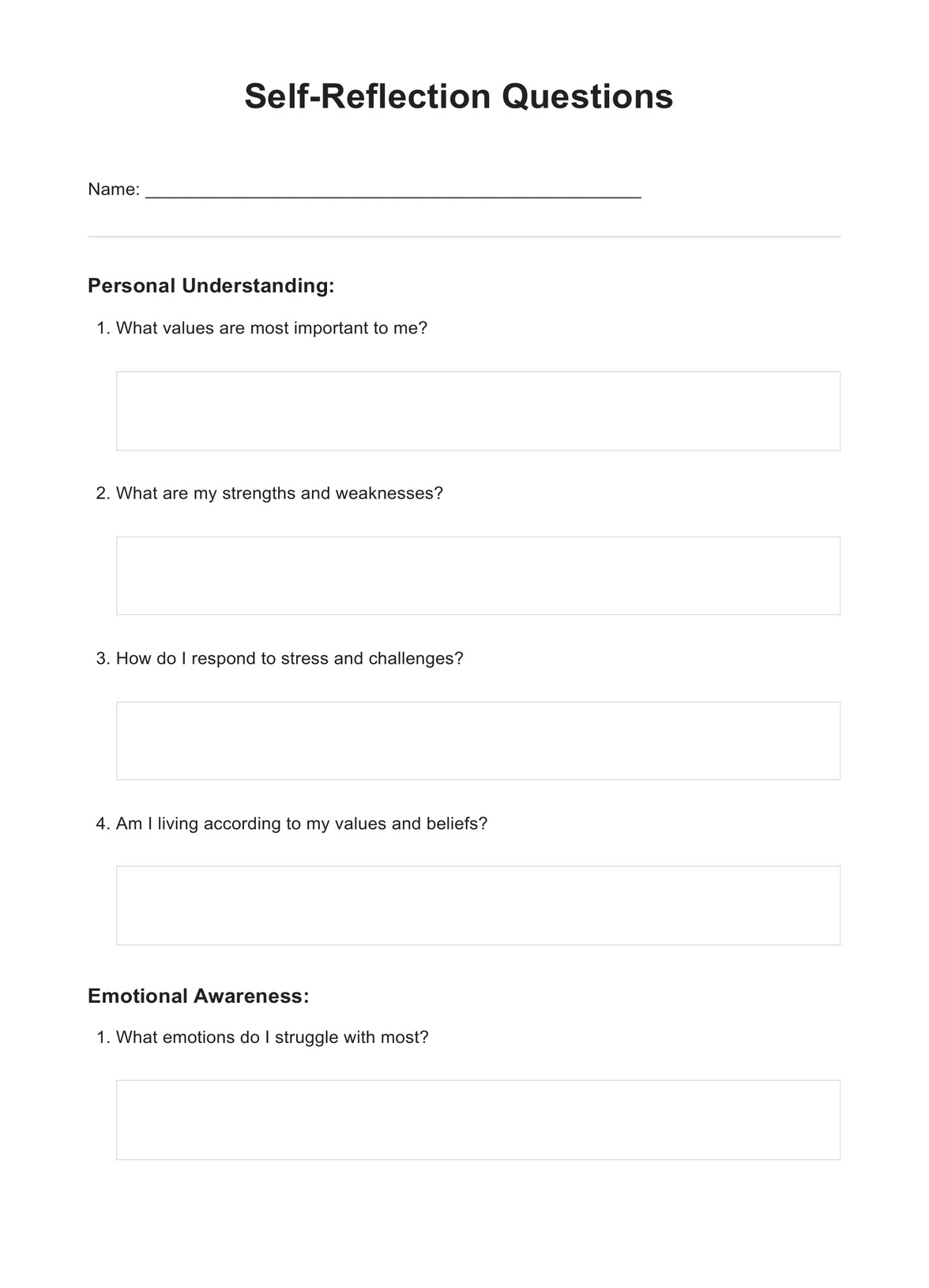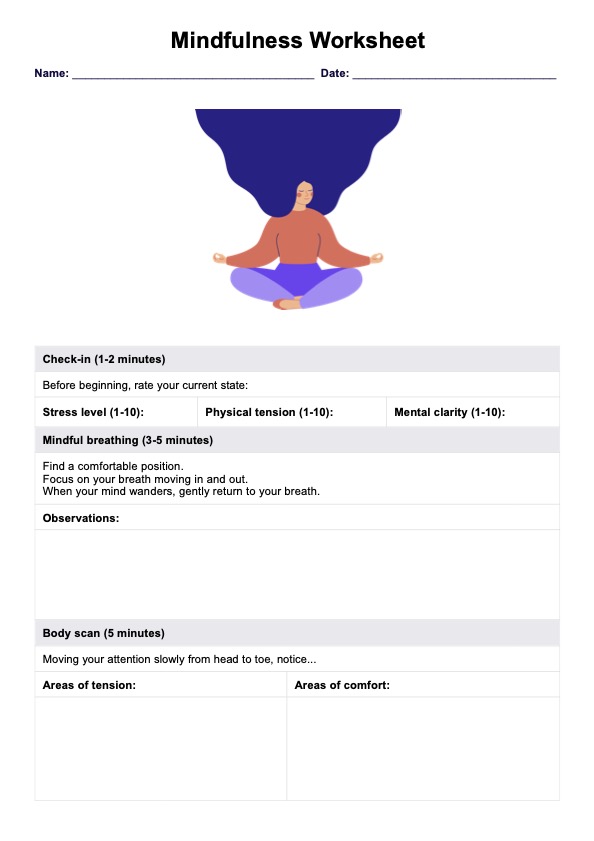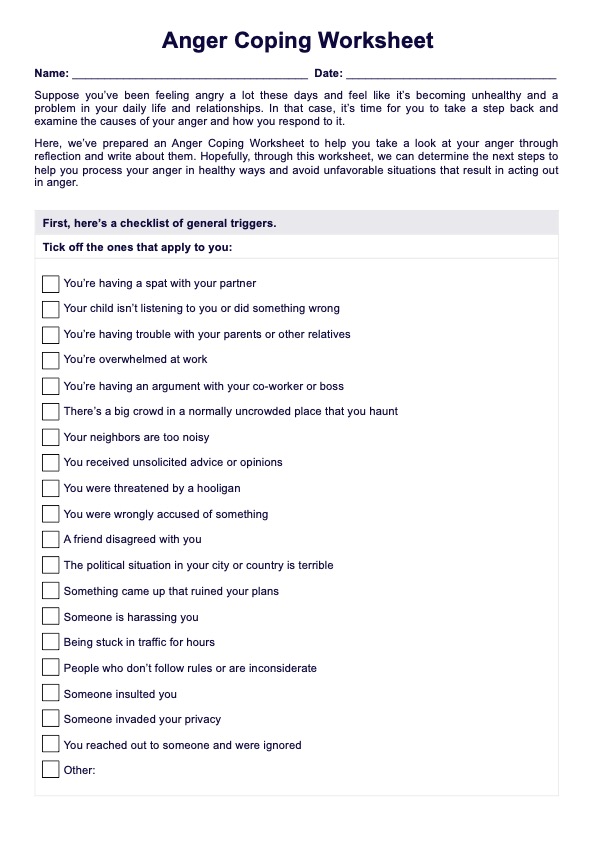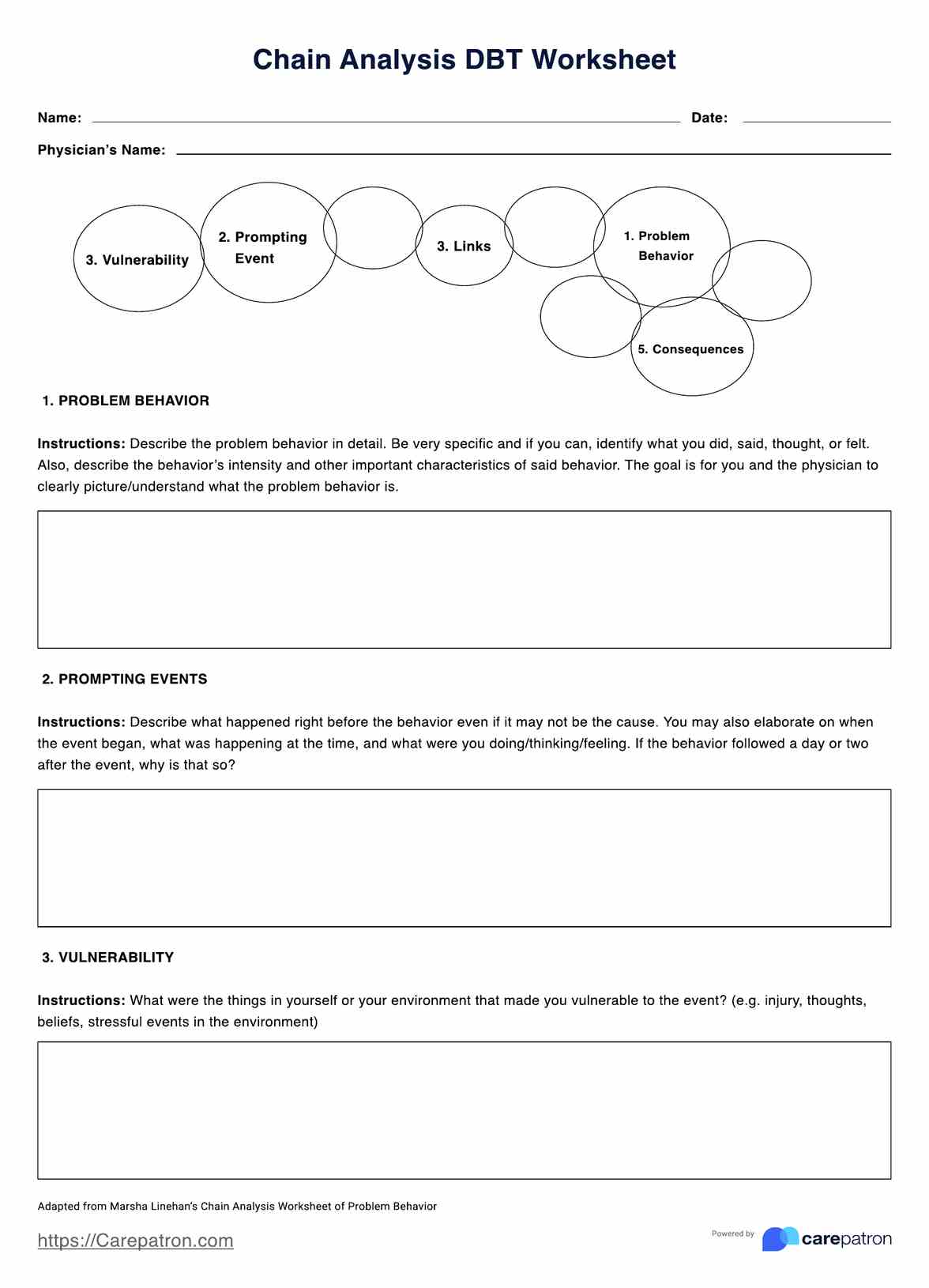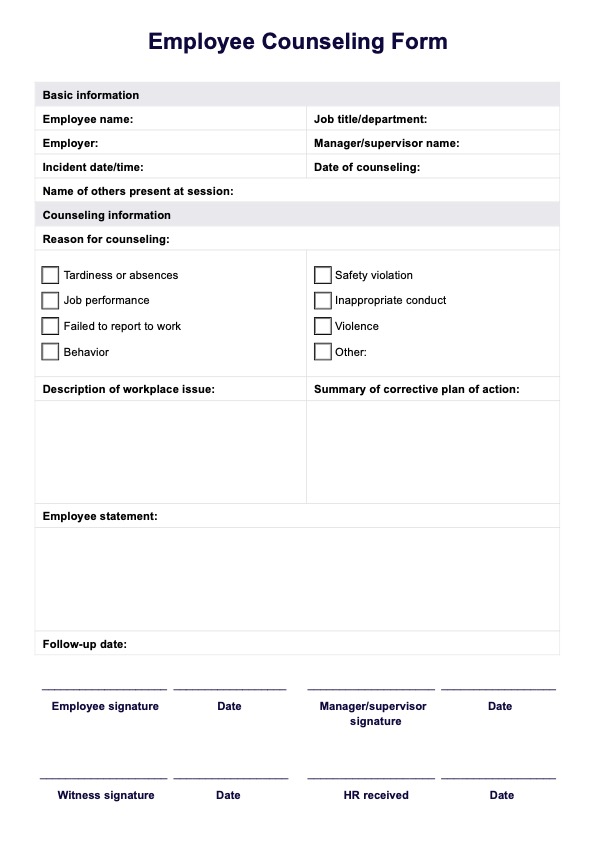HALT CBT Worksheets
Discover the benefits of the HALT CBT Worksheet - a valuable tool for emotional self-awareness and behavior management. Get started today!


What is Cognitive Behavioral Therapy?
(CBT) is a widely recognized and highly effective form of psychotherapy to address various mental health issues, including substance abuse and addiction. This evidence-based approach focuses on identifying and modifying negative thought patterns and behaviors contributing to addictive behaviors.
In CBT, individuals work closely with a trained therapist to gain insight into their thoughts, emotions, and behaviors related to substance abuse. This therapy operates on the premise that our thoughts influence our feelings, shaping our actions. Therefore, individuals can make significant strides in overcoming addiction by identifying and challenging distorted or irrational thoughts.
CBT has proven highly effective in treating substance abuse by helping individuals understand the connection between their thoughts, emotions, and addictive behaviors. By addressing the root causes and providing practical tools for change, CBT offers hope and a path to recovery for those struggling with addiction.
HALT CBT Worksheets Template
HALT CBT Worksheets Example
How to use the HALT CBT Worksheet
1. Identify Your Emotional State (Hungry, Angry, Lonely, or Tired)
Begin by recognizing which of the four emotional states you are currently experiencing. Self-awareness is the first step in addressing these triggers.
2. Reflect on Your Thoughts and Behaviors
Take a moment to consider how your emotions are affecting your thoughts and actions. Are you feeling irritable, anxious, or upset? What negative thought patterns are emerging?
3. Recognize Patterns
Look for patterns in how these emotional states impact your behavior. Are you more likely to engage in unhealthy coping mechanisms, such as overeating or substance use, when experiencing one of these emotions?
4. Challenge Negative Thoughts
Use CBT techniques to challenge any irrational or distorted thoughts that arise when you're in one of these emotional states. Replace them with more rational and positive alternatives.
5. Plan Healthy Coping Strategies
Develop a list of healthy coping strategies when you recognize you are in one of these emotional states. These strategies include deep breathing exercises, reaching out to a friend, taking a short break, or having a nutritious snack.
6. Implement the Strategies
When you are in a HALT state, immediately implement your coping strategies. This proactive approach can help prevent impulsive or harmful behaviors.
7. Monitor Progress
Keep a record of your experiences using the HALT CBT Worksheet over time. This can help you track your progress and identify recurring patterns or areas needing further attention.
When would you use this HALT CBT Worksheet?
The HALT CBT Worksheet is a versatile tool in mental health and therapy, offering valuable insights into emotional self-regulation. Knowing when to use this worksheet is crucial for maximizing its effectiveness and reaping its benefits. Here are the most appropriate times and contexts for utilizing the HALT CBT Worksheet:
- Self-Reflection and Self-Management: Individuals can use the HALT CBT Worksheet during introspection moments to better understand their emotional triggers and thought patterns. It's a valuable tool for personal development and enhancing emotional resilience.
- Substance Abuse Treatment: Healthcare professionals like addiction counselors and therapists can incorporate the HALT CBT Worksheet into their treatment plans. It helps individuals identify emotional states that may lead to substance use and develop healthier coping mechanisms.
- Anger Management: Therapists and individuals working on anger management can employ the worksheet to recognize anger-related triggers and use strategies to manage anger constructively.
- Stress Management: In times of high stress, the HALT CBT Worksheet can identify and address stress-induced emotional states, promoting more effective stress management.
- Mental Health Therapy: Mental health professionals can utilize the HALT CBT Worksheet as a part of therapy sessions for individuals dealing with depression or anxiety. It aids in identifying emotional triggers and negative thought patterns, supporting the development of coping skills.
- Daily Check-In: Individuals can make the HALT CBT Worksheet a part of their daily routine. Regularly checking in with their emotional states helps maintain emotional balance and prevent impulsive or harmful behaviors.
What are the benefits of using this HALT CBT Worksheet?
Harnessing the HALT (Hungry, Angry, Lonely, Tired) CBT Worksheet can bring many advantages for individuals seeking to manage their emotions and behaviors effectively.
1. Enhanced Emotional Self-Awareness
Research has shown that self-awareness is a cornerstone of emotional intelligence, and the HALT CBT Worksheet aids in recognizing and understanding emotional states. This heightened awareness allows individuals to navigate their emotions more skillfully and make informed responses to various situations.
2. Improved Emotional Regulation
By identifying emotional triggers and thought patterns associated with HALT states, individuals can develop effective strategies for managing their emotions. This leads to healthier and more adaptive responses to stressors and challenges.
3. Preventing Impulsive Behavior
The HALT CBT Worksheet is valuable for preventing impulsive actions, especially in substance abuse or anger management cases. It encourages individuals to pause, reflect, and choose more constructive ways to cope with emotions.
4. Better Coping Mechanisms
Individuals can develop healthy coping mechanisms through the worksheet's guidance. This includes strategies like deep breathing exercises, seeking social support, or engaging in self-care activities, improving well-being.
5. Support in Addiction Recovery
In addiction treatment, the HALT CBT Worksheet is a valuable resource. It assists individuals in identifying emotional triggers that may lead to substance use and equips them with tools to stay on the path to recovery.
6. Daily Well-Being Check-In
Incorporating the worksheet into a daily routine offers a proactive approach to maintaining emotional balance and overall well-being. It acts as a self-check mechanism to stay in touch with one's emotional state.
The free HALT CBT Worksheet is a practical and evidence-based tool that empowers individuals to navigate their emotional landscape more effectively. Its benefits encompass heightened self-awareness, improved emotional regulation, and preventing impulsive behaviors, making it a valuable resource in personal development and mental health therapy contexts.
Commonly asked questions
The time required to complete the HALT CBT Worksheet varies from person to person. It may take 10-15 minutes on average, but it can be shorter or longer depending on the individual's reflection and writing speed.
The HALT CBT Worksheet assists in recognizing and managing emotional triggers and negative thought patterns, leading to improved emotional self-regulation and healthier behavioral responses.
It is best used to understand and address the underlying causes of your emotions and behaviors during emotional distress. Additionally, integrating it into a daily routine for self-awareness is beneficial.
The HALT CBT Worksheet is a valuable resource for anyone seeking to understand better and manage their emotions and behaviors. It is commonly used in mental health therapy, addiction treatment, anger management, and personal development.


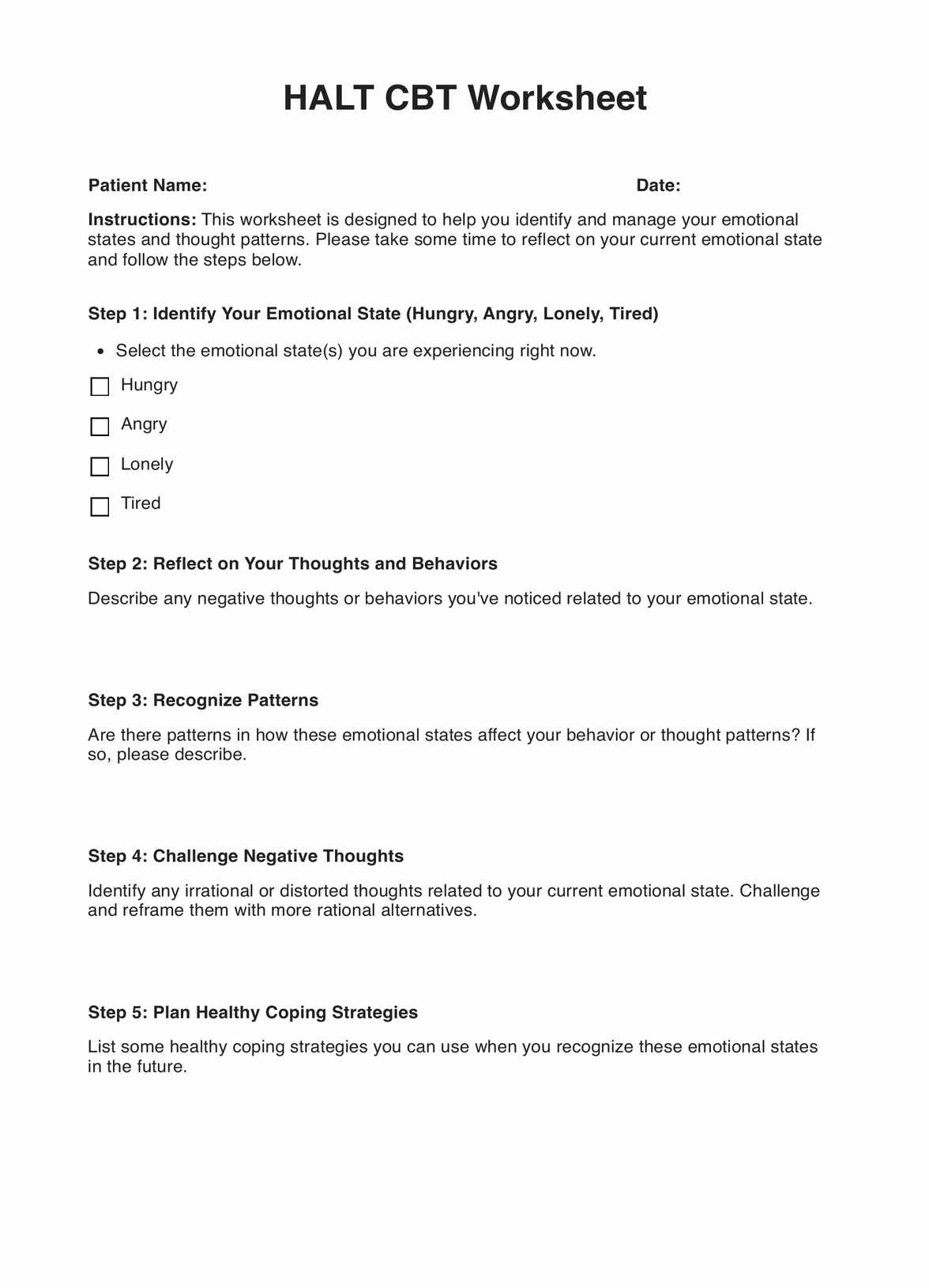
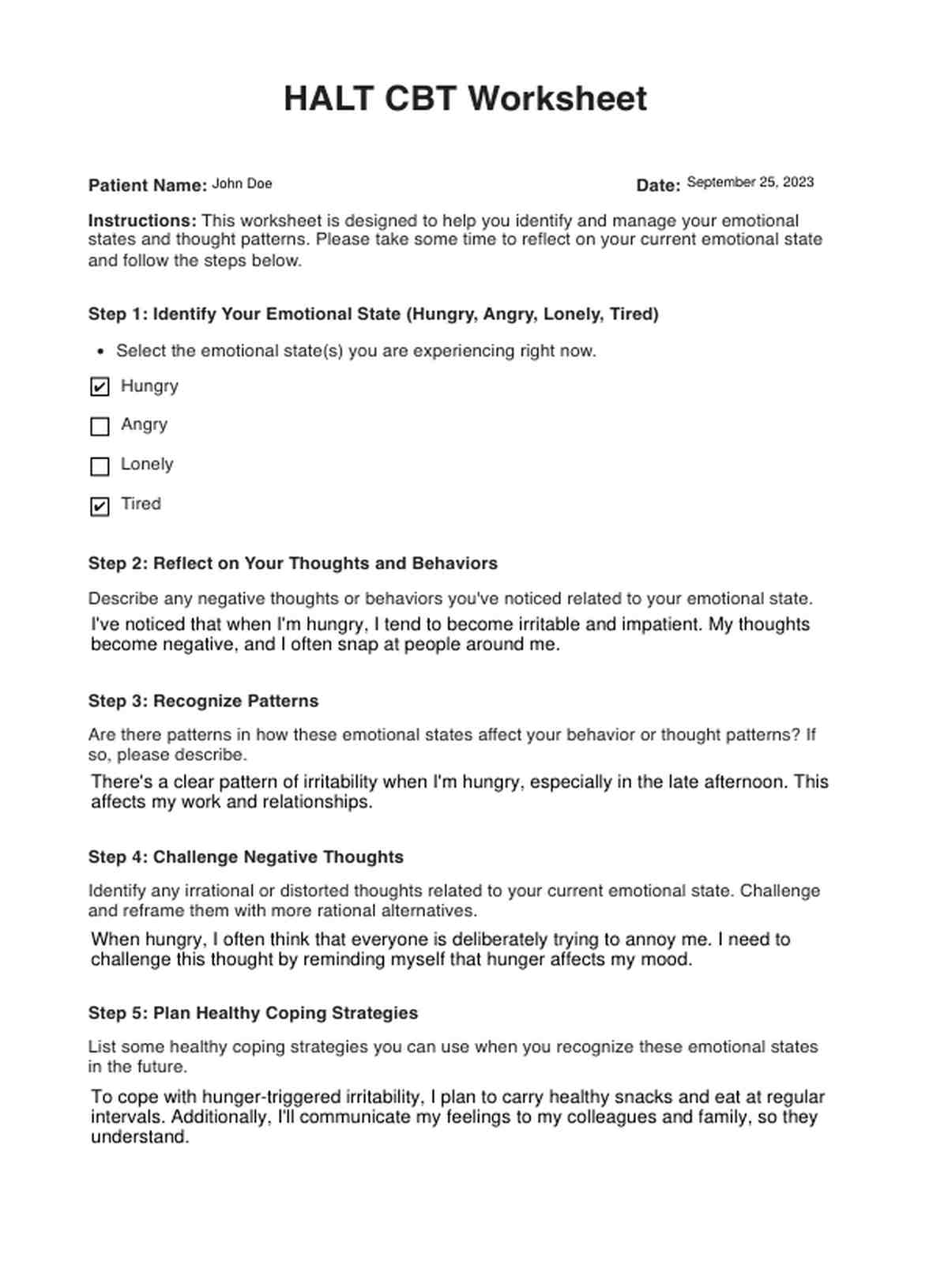















-template.jpg)


